11 Zombie Films That Defined the Undead Genre
The world of zombie films is one filled with blood, chaos, and endless survival scenarios. These movies have evolved over the years, shaping how we view the undead and our own fragility. From the classic zombie terror to newer takes on the genre, these films have redefined what it means to be truly frightened. It is time to revisit some of the most iconic films that paved the way for this thrilling genre. Prepare for a deeper dive into the world of the undead.
This post may contain affiliate links, which helps keep this content free. Please read our disclosure for more info.
Night of the Living Dead (1968)
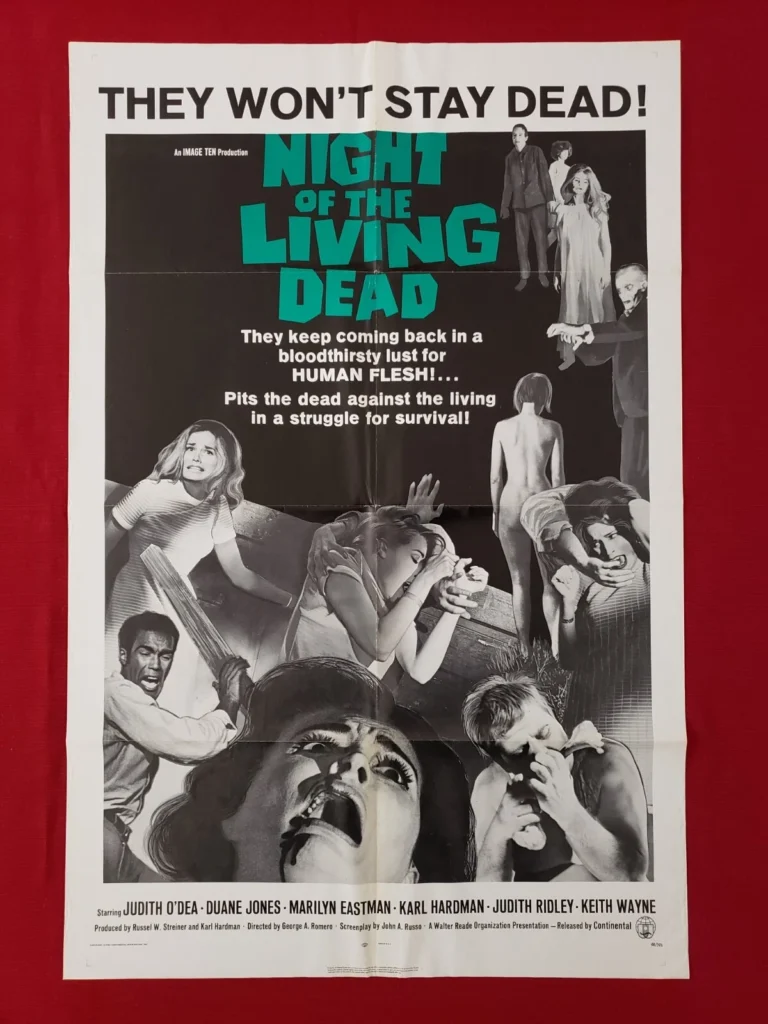
This film by George A. Romero is often considered the birthplace of the modern zombie genre. Set in a remote farmhouse, a group of survivors tries to fend off a horde of flesh-eating zombies. The movie’s bleak atmosphere and social commentary on human nature left a lasting impact on horror cinema. Romero’s zombies, characterized by their slow movements and insatiable hunger, became the standard for future undead films.
Night of the Living Dead revolutionized the genre with its unflinching portrayal of survival. The film’s ending, where the survivors’ efforts ultimately fail, set it apart from other horror films at the time. Its success gave birth to Romero’s “Living Dead” series and inspired generations of filmmakers. Today, it remains a must-watch for horror fans and a key film in zombie cinema.
Dawn of the Dead (1978)
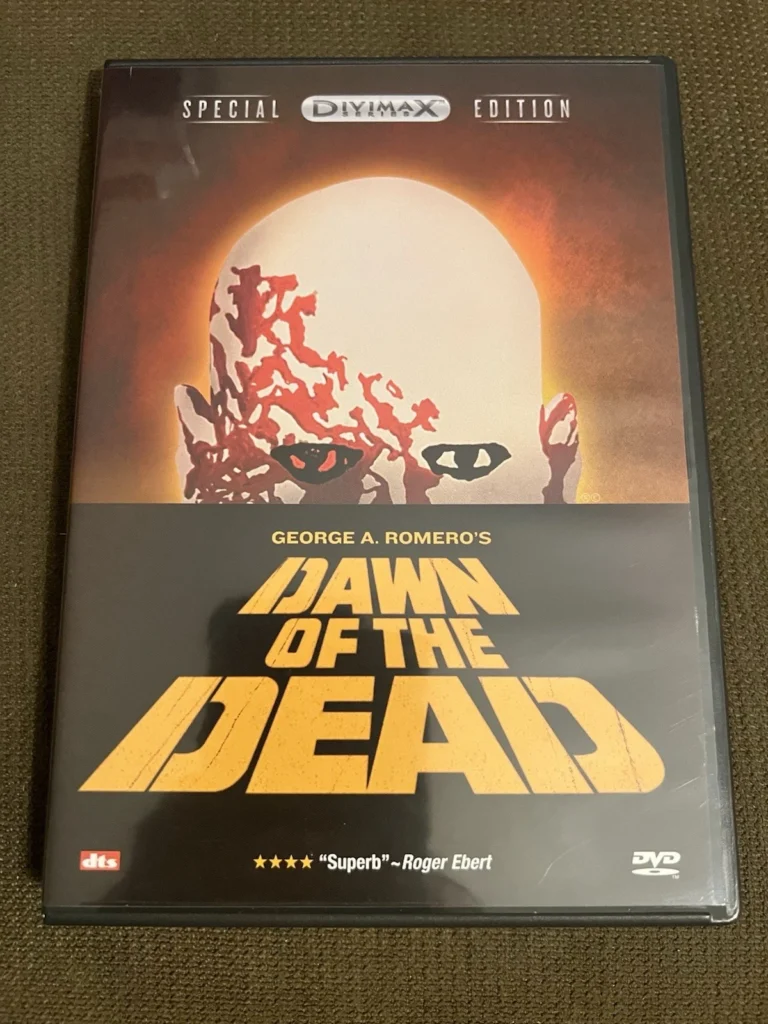
Dawn of the Dead picks up where its predecessor left off, but this time the action takes place in a shopping mall. Romero’s depiction of consumerism through the undead was both a critique of modern society and a thrilling horror film. The zombies in this film are relentless, and the survivors’ efforts to secure their sanctuary highlight the collapse of civilization. Its mix of gory thrills and social commentary made it a standout in the genre.
The film’s ability to balance tension, action, and sharp social critique made it a defining work in zombie cinema. It also featured a larger scale and higher budget than Night of the Living Dead, introducing more complex characters and settings. With its iconic mall setting, Dawn of the Dead became a cultural touchstone and one of the best-known zombie films. It has been remade and referenced in many films and series that followed.
28 Days Later (2002)
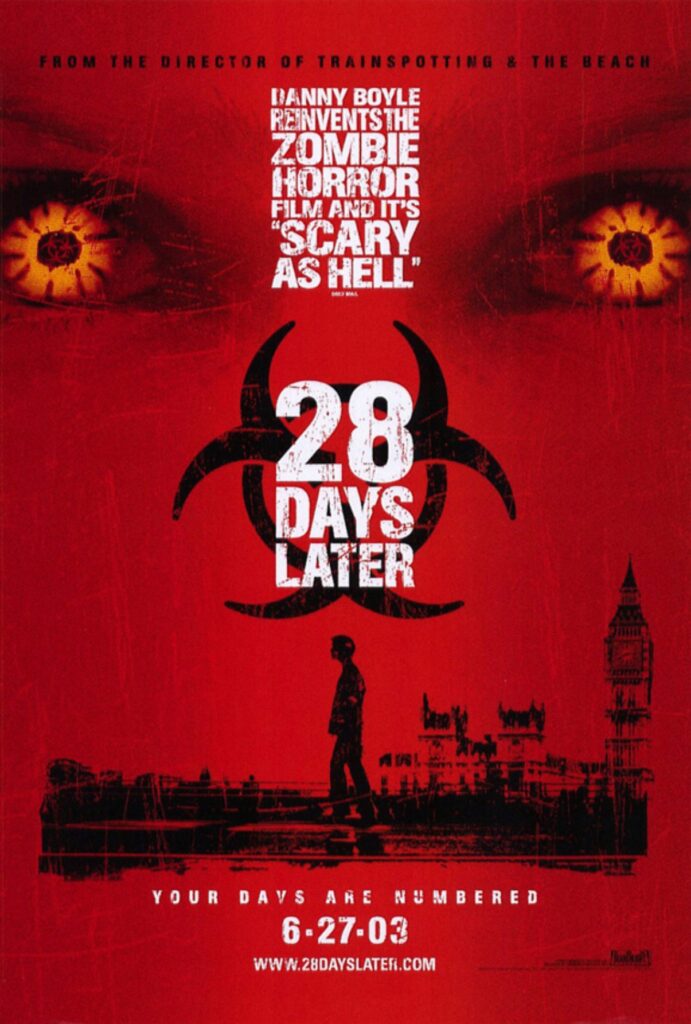
28 Days Later, directed by Danny Boyle, introduced a new type of zombie, which is the fast, rabid infected. After a virus outbreak wipes out most of the population, a small group of survivors must navigate a desolate London. This film is often credited with reinvigorating the zombie genre and introducing a new level of intensity. Its fast-paced zombies and psychological depth offered a fresh take on the genre.
28 Days Later’s exploration of isolation and human emotion set it apart from traditional zombie films. The use of a viral outbreak as the source of the zombie condition brought a more scientific angle to the story. The film’s unsettling atmosphere and unexpected twists created a new standard for zombie horror. It sparked a resurgence of interest in the genre and influenced many films that followed.
Shaun of the Dead (2004)
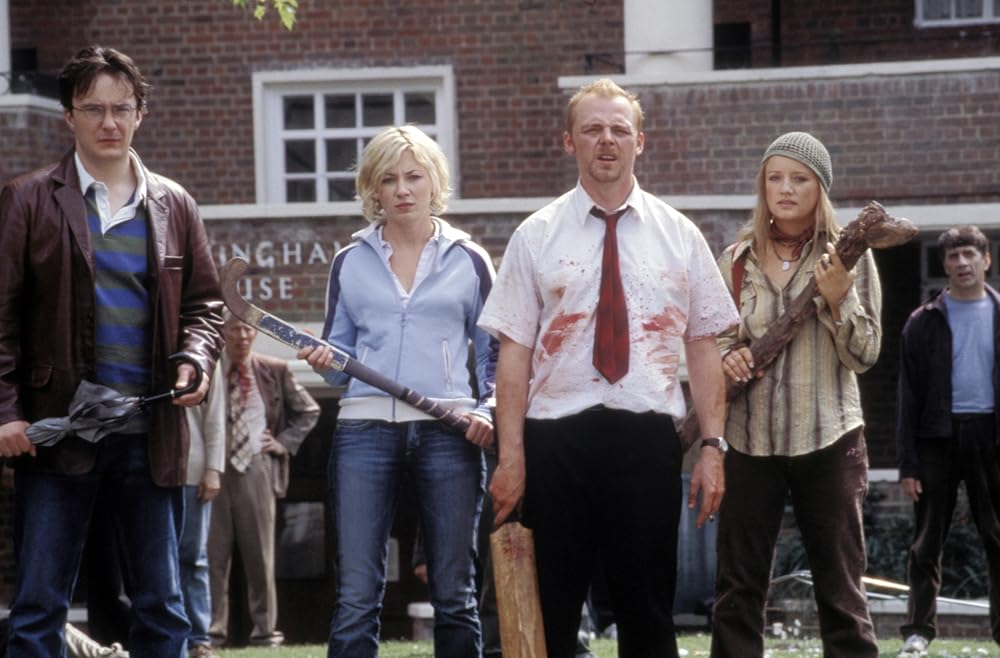
Shaun of the Dead is a unique blend of comedy and horror, where a group of friends must survive a zombie apocalypse while navigating their personal lives. Directed by Edgar Wright, the film uses humor to tackle familiar zombie tropes, offering a lighthearted yet thrilling experience. The movie cleverly balances zombie action with character-driven comedy, making it one of the most beloved films in the genre.
Despite its comedic tone, Shaun of the Dead never loses sight of the tension and horror at the heart of the zombie apocalypse. The film is filled with clever references to zombie classics, while still being original and fresh. Its success led to a resurgence of comedic horror films, and it remains a fan favorite for its charm, wit, and clever script. This film proved that zombies could be scary and funny at the same time.
28 Weeks Later (2007)
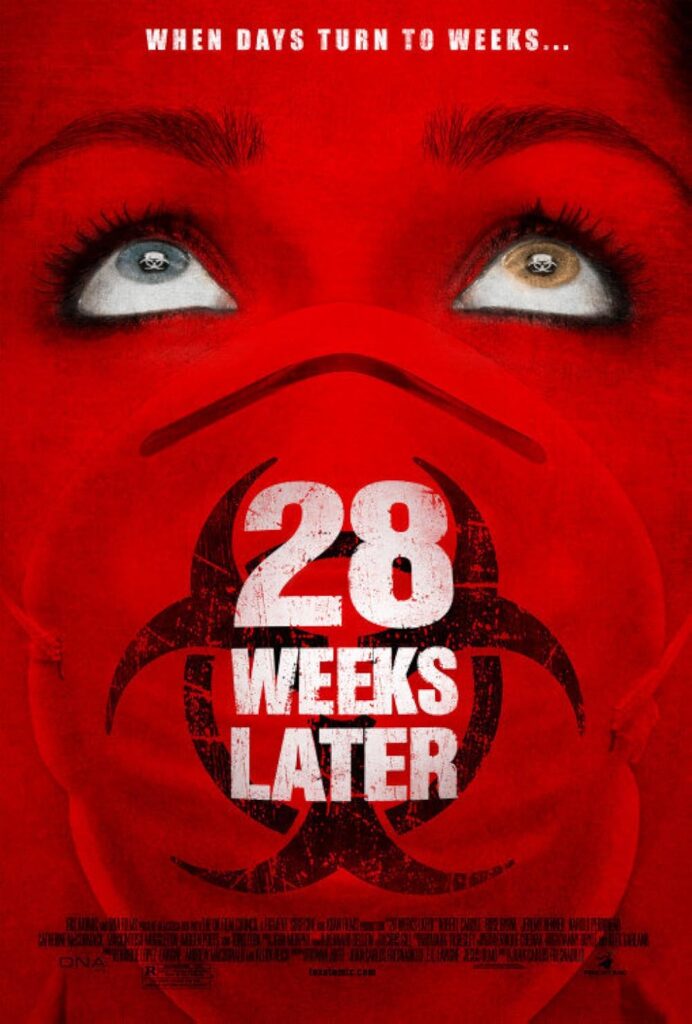
28 Weeks Later is the sequel to 28 Days Later, continuing the story of a post-apocalyptic world ravaged by a deadly virus. The film focuses on the re-establishment of society and the ensuing chaos when the virus returns. Directed by Juan Carlos Fresnadillo, the film amplifies the tension, with intense action sequences and a new level of horror. The infected are still fast and deadly, but the true horror lies in the human actions that unfold.
The movie explores the moral implications of rebuilding a broken world, offering a more political and personal view of the apocalypse. Its pacing, tension, and relentless action set it apart from other sequels, keeping the stakes high. 28 Weeks Later never slows down, delivering a tight, suspenseful story that doesn’t let go. It’s a thrilling and intense continuation of the viral zombie saga that redefined modern zombie horror.
Return of the Living Dead (1985)
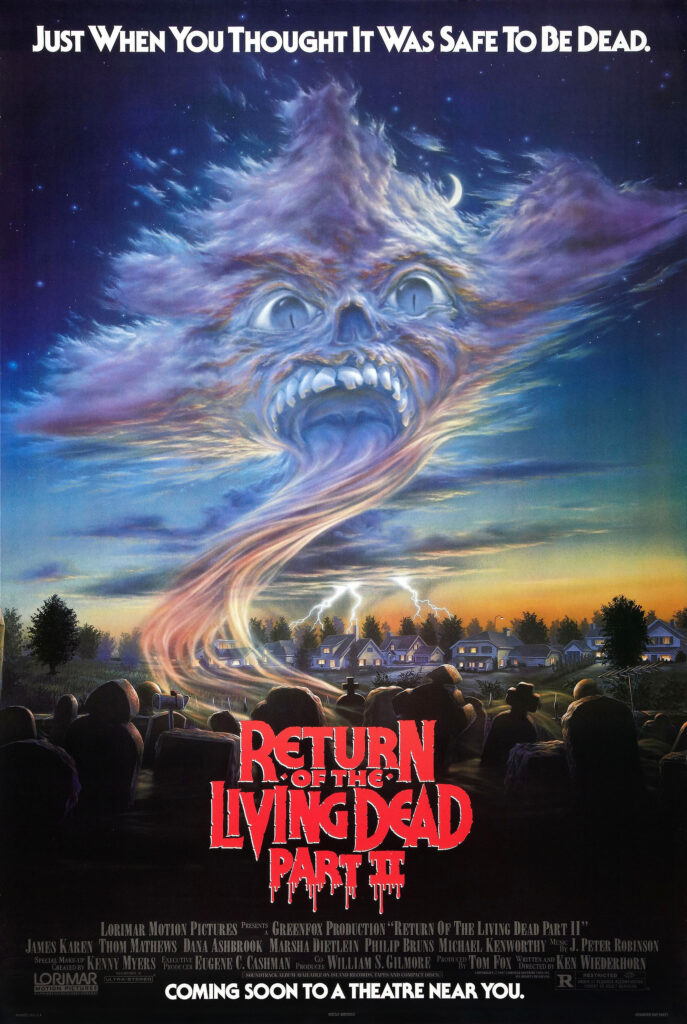
Return of the Living Dead brings a more comedic, yet gruesome, twist to the zombie genre. This cult classic introduced the idea of zombies being able to speak and think, deviating from Romero’s slow-moving, mindless creatures. The story follows a group of people who accidentally release a toxic gas that brings the dead back to life. The zombies in this film are fast, intelligent, and have an insatiable craving for brains.
The film combines horror and dark humor in a way that had never been done before, leading to its status as a cult favorite. It is known for its iconic zombie phrases and memorable scenes, including the famous line, “Send more paramedics.” The film’s unique take on the zombie lore has influenced several movies and television shows. Its blend of horror and comedy opened the door for future films to explore the genre from new, unexpected angles.
Zombieland (2009)
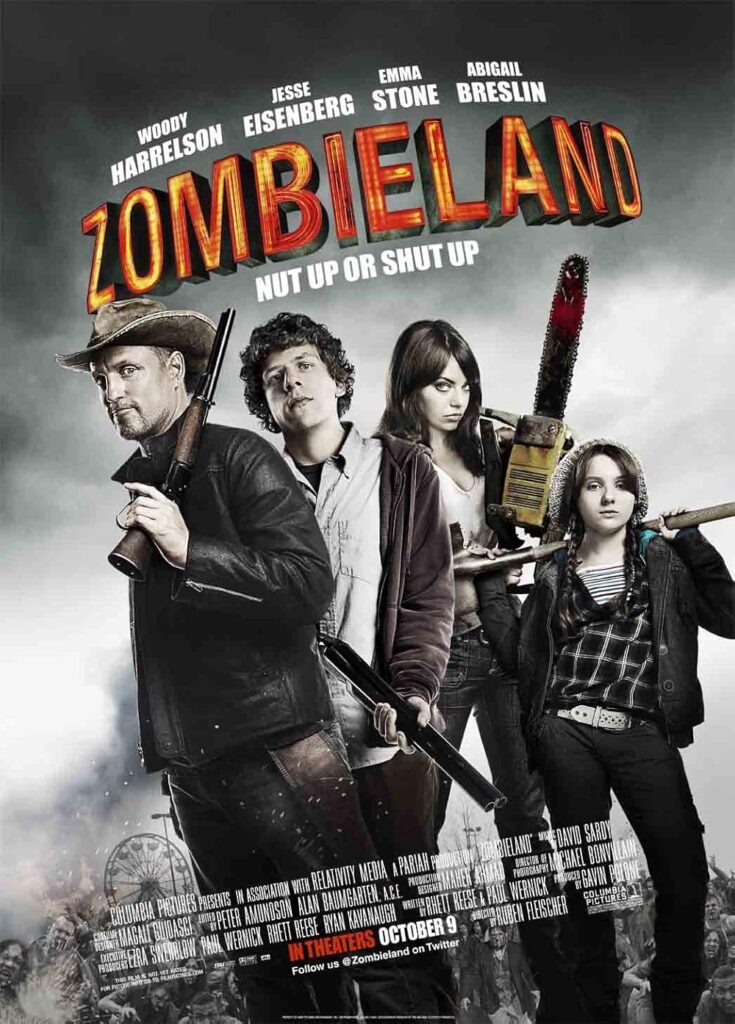
Zombieland is a hilarious take on the zombie genre, blending horror with comedy and action. Set in a post-apocalyptic world, the film follows a group of survivors as they navigate the zombie outbreak while dealing with their own personal issues. With a strong cast, including Woody Harrelson and Jesse Eisenberg, Zombieland stands out for its humor, action, and character-driven moments. The movie’s combination of gore and laughs made it a hit with audiences.
The film’s unique rule-based approach to survival, where the characters follow specific “rules” to avoid becoming zombie food, became a trademark. Zombieland is not just about the undead, but also about the relationships and bonds formed in extreme circumstances. Its fast pace, sharp dialogue, and memorable characters set it apart from other zombie films. Zombieland has since spawned a sequel, keeping its fans entertained with more undead action and comedy.
The Evil Dead (1981)
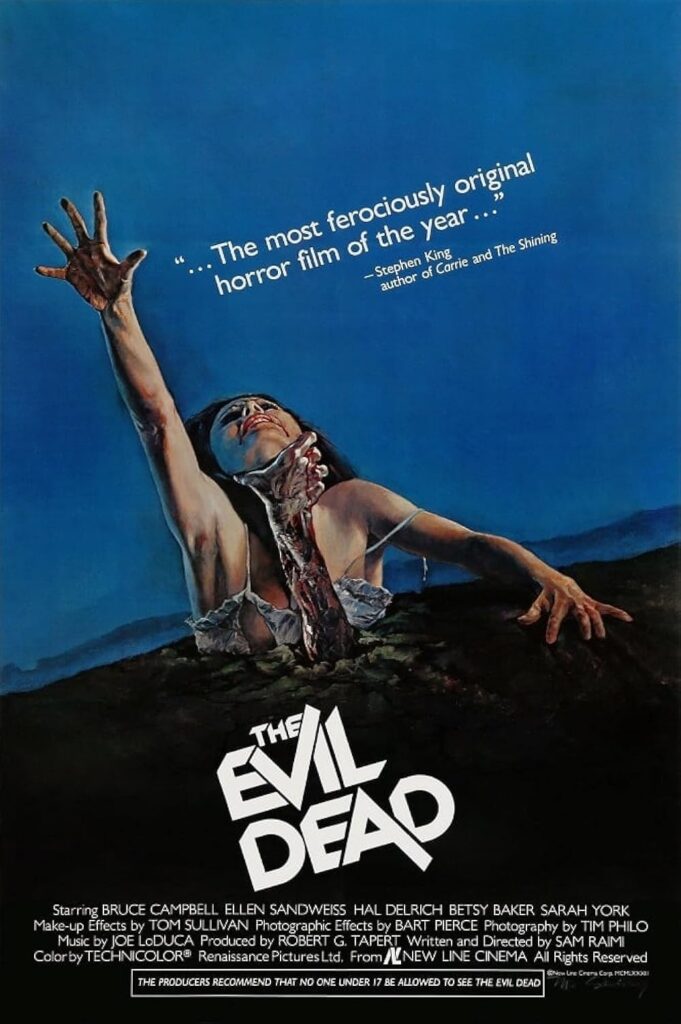
The Evil Dead, directed by Sam Raimi, is one of the most influential films in the horror genre. Though it’s not strictly a zombie movie, the film’s deadites, who are resurrected by an ancient book, share many similarities with zombies. The story follows a group of friends who vacation in a remote cabin and accidentally unleash a demonic force that turns them into terrifying, monstrous versions of themselves. The film’s low-budget, visceral effects and disturbing imagery make it a cult classic.
The Evil Dead was groundbreaking for its use of practical effects, gore, and a unique sense of humor. It introduced audiences to Raimi’s distinct filmmaking style, blending horror with dark comedy. While not a traditional zombie film, its influence on the genre is undeniable, as it helped shape the modern landscape of horror. Its success led to multiple sequels, a television series, and a remake, solidifying its place in horror history.
Resident Evil (2002)
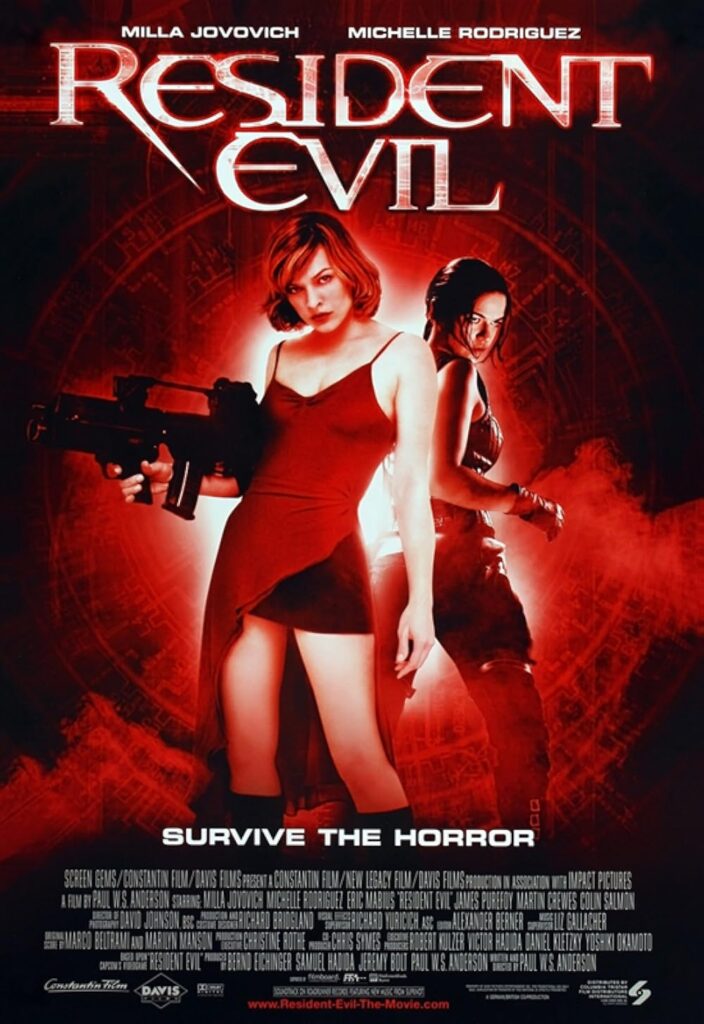
Resident Evil, based on the video game series, became a major hit in 2002. Directed by Paul W.S. Anderson, the film follows Alice as she fights to survive against the mutated zombies unleashed by the Umbrella Corporation. With a blend of action and horror, the movie introduced a new kind of zombie, which is genetically altered and much faster than typical undead creatures. It was the beginning of a successful film franchise, with multiple sequels and spin-offs.
The film’s success is partly due to its high-octane action sequences and visual effects. Resident Evil took the zombie genre into a more futuristic, high-tech direction, combining the thrills of the game with its own storylines. The movie became one of the most successful video game adaptations and remains a favorite among fans of both zombie films and the Resident Evil franchise. Its impact continues to be felt in both gaming and film culture.
Planet Terror (2007)
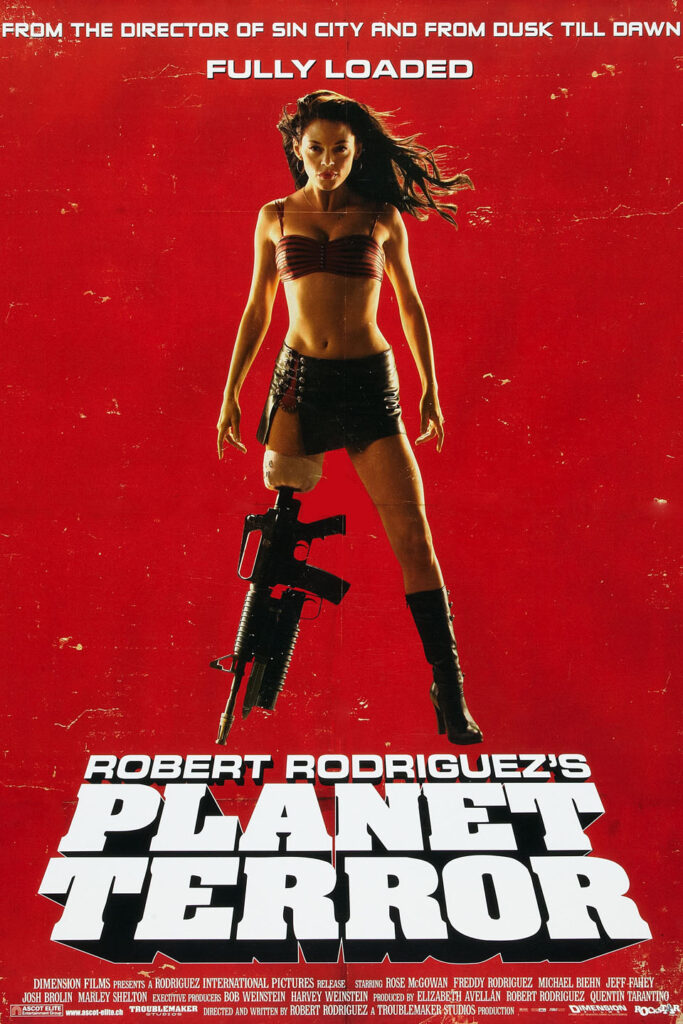
Planet Terror, directed by Robert Rodriguez, is a gory, over-the-top homage to grindhouse cinema. The film tells the story of a small town being overrun by a virus that turns people into zombie-like creatures. With its outrageous characters and wild action sequences, Planet Terror became a cult hit among horror fans. The film’s mix of practical effects, excessive violence, and humor helped it stand out in the zombie genre.
Planet Terror is one half of the double-feature Grindhouse experience, which also included Quentin Tarantino’s Death Proof. Rodriguez’s film is packed with absurd moments, from dismemberment to over-the-top explosions, making it a true grindhouse experience. Its embrace of exploitation cinema allowed it to stand apart from more traditional zombie films. The film’s wild energy and sense of fun helped redefine zombie horror in the mid-2000s.
Train to Busan (2016)
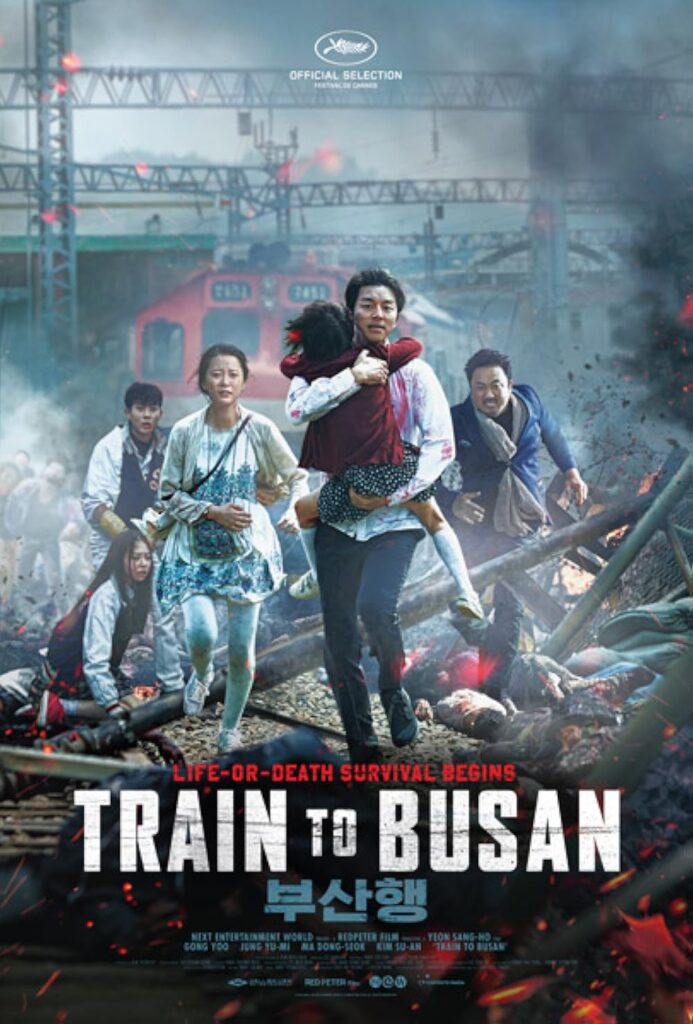
Train to Busan is a South Korean zombie thriller directed by Yeon Sang-ho that took the genre to new emotional heights. The film follows a father and daughter who board a train from Seoul to Busan, only to find themselves trapped among passengers as a zombie outbreak rapidly spreads. Unlike many traditional zombie films, Train to Busan focuses on the personal stories of the characters, their fears, and the bonds they form in the midst of crisis. The emotional weight of the film, combined with thrilling action sequences, offers a refreshing take on the genre.
The movie’s fast-paced, high-stakes action keeps audiences on the edge of their seats, while the deeply emotional core makes it stand out. The zombies in Train to Busan are fast-moving and relentless, adding a new level of urgency to the survival story. It was praised for its strong performances, particularly from the lead actors, and its social commentary on human nature and survival instincts. Train to Busan became one of the most successful international zombie films and is considered one of the best modern additions to the genre.
This article originally appeared on Avocadu.
